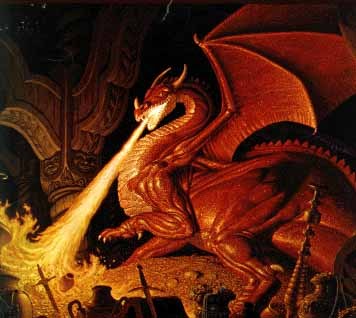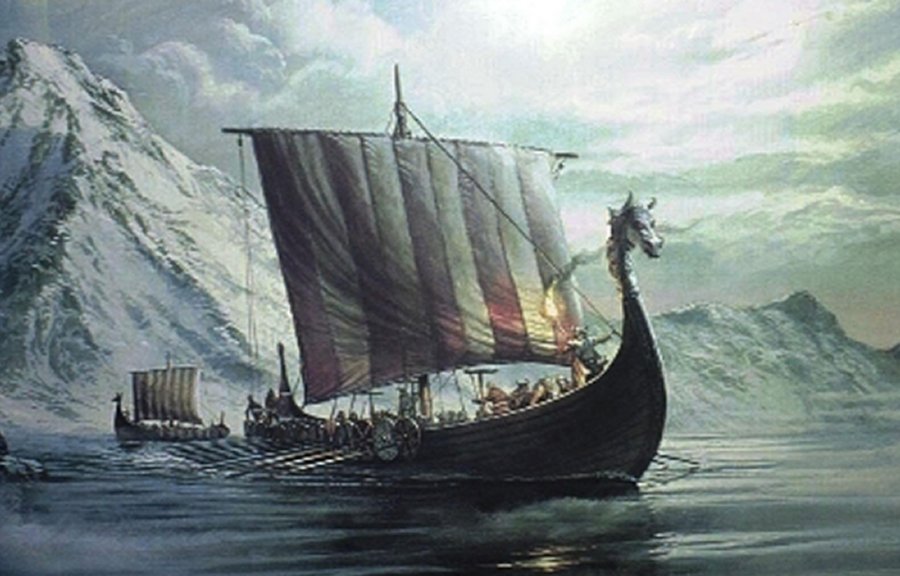
Mythological dragons.
Today we are going to continue with the dragons of Norse mythology, today I am going to introduce yourself
Fafner Dragon
Son of the Germanic people and the entire set of beliefs from Norse mythology. To understand who Fafner is, you must be clear about who the Nibelungs are, because this creature protected its treasures.
As dwarves who dwelt deep in the lands and ruled by the Nibelung prince, the Nibelungs are known. This small population had mining as a trade, they extracted metals and then forged them. It is said that they hid a great treasure at the bottom of the river Rhine.

We are interested in Fafner who was very greedy, had a desire or desire to treasure wealth. Like his brother Regin, he inherits his father's treasure, but since he did not want to share it, he preferred to become a dragon, making use of his magical powers.
Fafner is a dragon of possessions and his story is woven amid an atmosphere of betrayal and murder within the same family. They say that Fafner inherits his father's fortune because he kills him with the help of his brother, then betrays him and leaves with the treasure. But after, he is killed by Sigurd, Regin's adopted son, in theory his nephew.

Interestingly, it could have been the basis for J.R.R.'s fantastic dragon Smaug. Tolkien in his first fantasy novel "The Hobbit" published in 1937, which also explains the so-called "dragon disease" for gold.
Regarding the actual use of the dragon in Viking culture, it is worth mentioning that the richest of the famous long ships was decorated with dragon heads on the front and back, as a sign of strength, power and bravery.

Furthermore, the Norse sometimes waved flags on the battlefield to intimidate their enemies. Therefore, the dragon was definitely an important symbol that defined the Viking era.

![]()
![]()
![]()
Social Media Team.